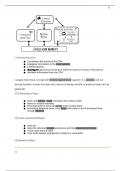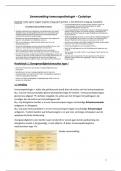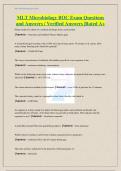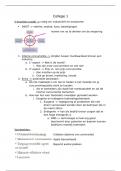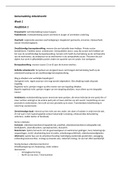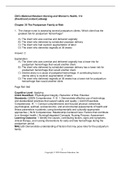Summary
Working memory model & Long-term memory summary
- Institution
- PEARSON (PEARSON)
diagram of both working memory model and theory of long-term memory research support and evaluation key words highlighted information in bullet points clear and easy to read and remember
[Show more]
